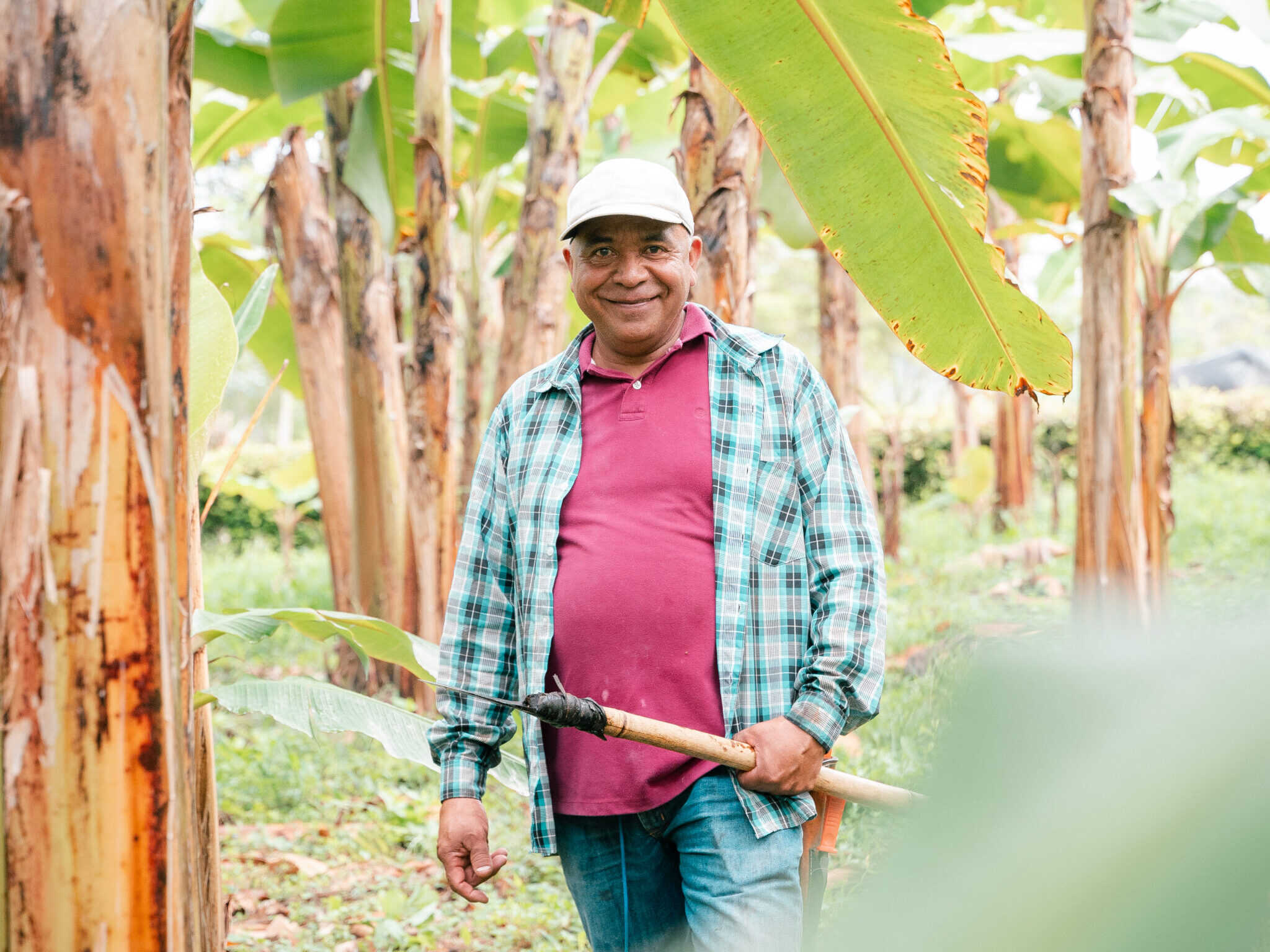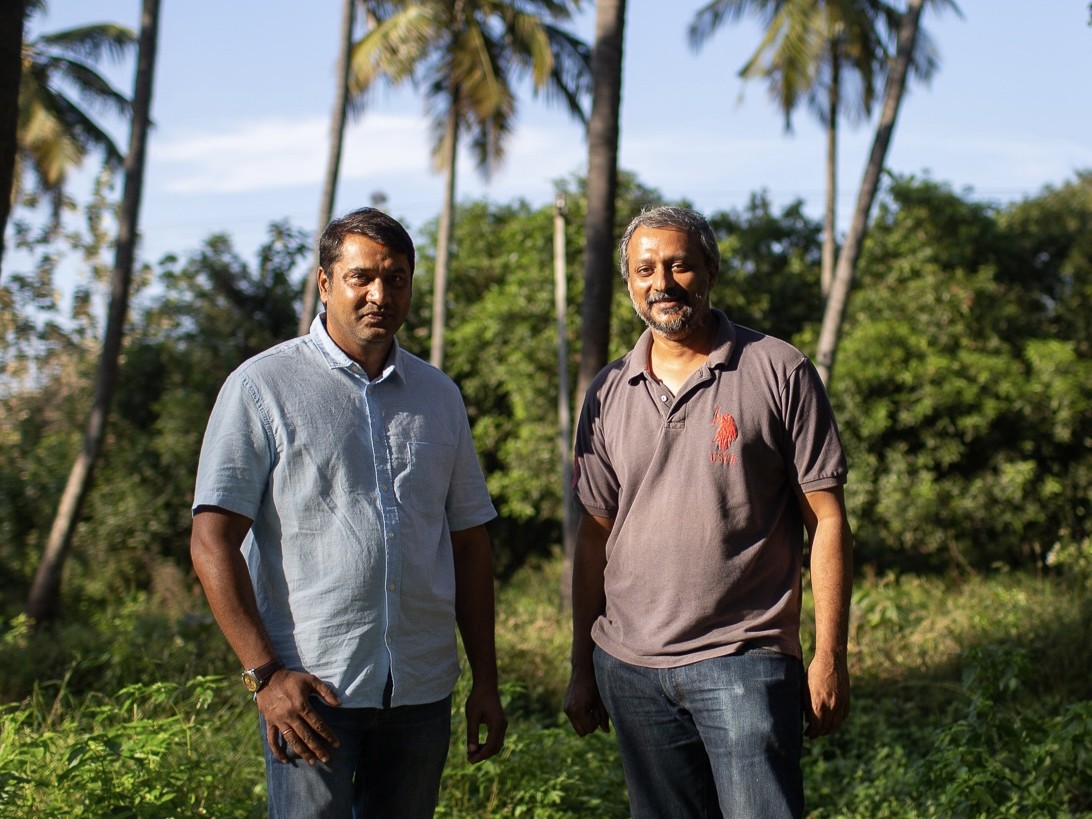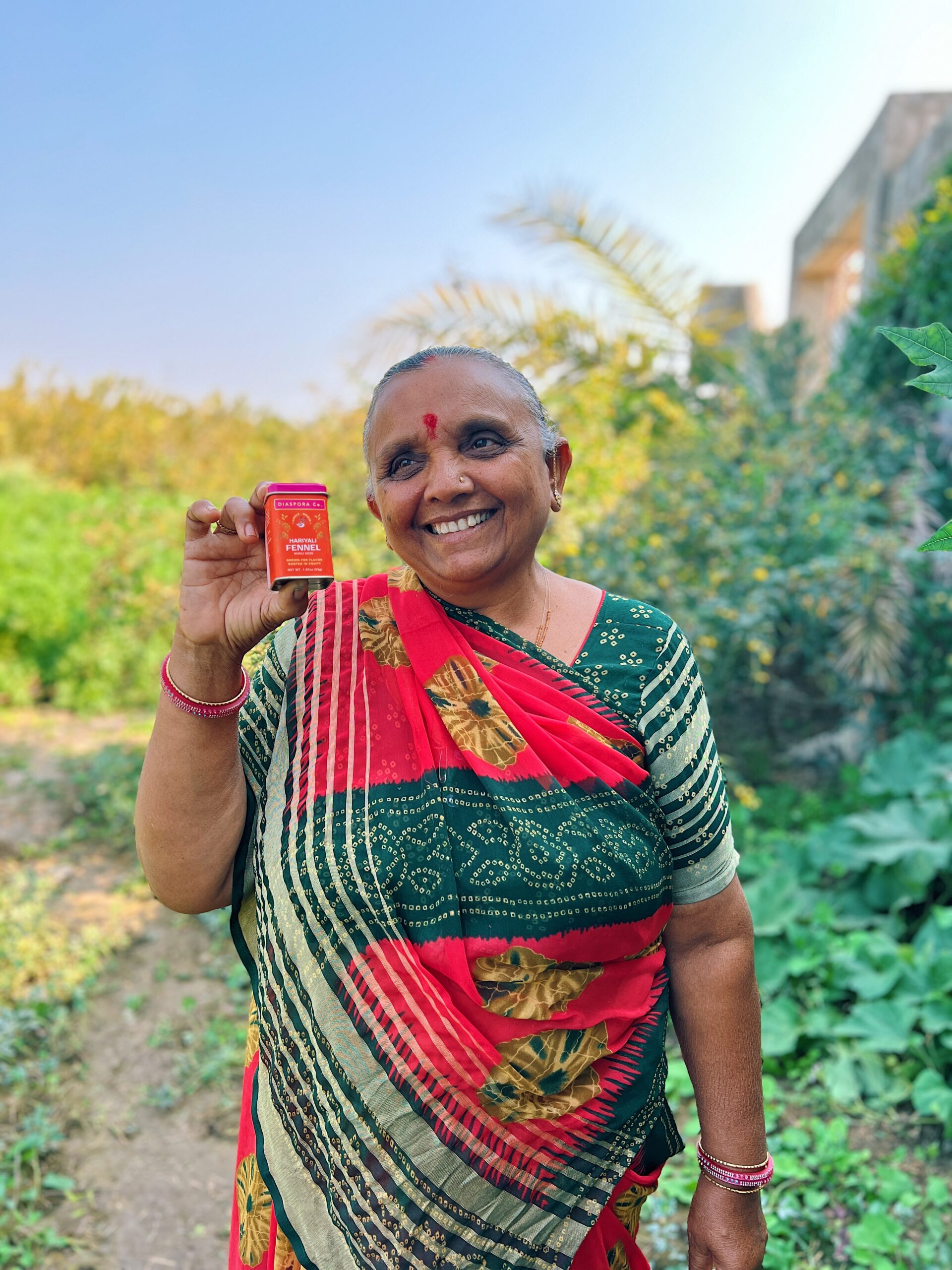The tandem term risk-return represents a kind of received wisdom in the investment world. The hyphen highlights the assumption that with higher risk comes higher return and that the investor’s interest stands at the top of the investment system hierarchy. Such a unilateral perspective has produced enormous investment wealth very efficiently for a limited number of people—after all, only a few can afford to take the risks that produce the highest returns. Those below that threshold have options ranging from insured savings accounts (very low risk with minimal returns) to the casino world of slots, lotteries, and scratchers (with odds far outweighing risk in the calculus). There are a number of vehicles that lie somewhere between these extremes, such as CDs and bonds, but the risk-return choices are limited by regulation.
The point of this framing is not to cast aspersions on investors and the structures that support them in their deployment of capital, but rather to call into question the entwined nature of risk and return, coupled as they are in investor-centric practice, and to explore what might happen if they were treated as separate functions weighed out not only from the perspective of investor interest (private wealth) but also in light of community wealth. It is the rare exception in which this latter dimension is considered as anything other than a fortuitous by-product of investment. The concept of the commonwealth holds little economic resonance in an individualistic ownership society. In an economy driven by competitive self-interest, that which is not strictly economic suffers the most directly—namely, natural resources and culture, two key elements of the commons. I am pointing to a foundational problem with ownership. Do we own in order to accumulate wealth in service to self, or do we own in order to circulate and steward wealth in service to self and others? Each of these leading questions goes down a different path, and each to a world that has a fundamentally different economic operating system.
Historically, and from an economic perspective, the capacity to bring ideas into production has been the purview of the entrepreneur. The investor, able to recognize this capacity, places capital at the service of the entrepreneur who then uses those funds to run the business. Through the activities of the business an economic community is created including investors, employees, natural resources, suppliers, distributors, and customers, among others. Through its interconnected chain of actions this community produces wealth and hopefully the participants have their economic needs met from the proceeds of the ongoing circulation. However, through the assumed hierarchical power of the investor’s position (high risk, high return) as it has come to be applied in the modern investing world, the natural flow of capital in economic community is driven to disequilibrium. Investment has moved from its original primary function as enabler of economic initiative, to a more extractive process, in that an investor’s success has come to be measured by the degree to which wealth is drawn excessively out of community flow with far more than is necessary accumulated for private benefit. This is, of course, a broad-brush analysis. It is not intended as anti-capitalist or anti-anything, but rather to establish that the commonwealth could and should have a place in the investment process. Inclusion of the interest of the commonwealth could bring much needed equilibrium to the current extreme systemic imbalance, one caused at least in part by investor self-interest, and in the worst cases by greed.
The example of Mondragon Cooperative Corporation is a useful one for demonstrating that an investment system can create both personal wealth and commonwealth through a different set of assumptions about the risk-return linkage. The approach that Mondragon’s financial institution, Caja Laboral, takes to investment is that a start up enterprise is financed at a very low interest rate. This is so because the bank recognizes that a young business is not really in a position to carry a burdensome debt service. When the enterprise is established and can demonstrate sustainability, it then pays higher interest. This formula is quite the opposite of high-risk, high return. Judging by Mondragon’s growth and stability since the 1950s, it is worth understanding what lies behind this approach.
First, the consideration of risk is inherently broader than just the bank’s perspective, because the bank is in reality owned by the community. Thus the failure of the enterprise is also the community’s failure. This is not a conundrum, but instead a picture of financial and economic mutuality or interdependence that has long vanished from mainstream financial institutions, but has been the backbone of community banks and credit unions. Instead of the convention that risk is an indicator of what I as an investor might lose, risk is seen as a degree of investor and community commitment to a project’s success. The rate of return is not at all derived from the perceived risk, but rather from what is needed in order for the money to continue in circulation and produce enough surplus to meet the complex of community needs. Much more could be said about the shared community values and agreements underlying Mondragon’s system, but this is enough to see that Mondragon is one notable model of a different way of working.
There is change afoot. The emerging field of impact investing, which is looking at the outcomes of investing on the natural and cultural environment is moving toward a more bilateral view, one that recognizes the importance of the commonwealth and values it as a beneficiary. Yet, it fails to give that commonwealth a real voice in the investment process. The Global Impact Investing Network (GIIN) is one example, though it is still driven by the investor’s will as the provider. The evolution of B Corporation is another growing exemplar of reallocating investor-stockholder power to entrepreneurs who build a sense of the commonwealth into the corporate charter. In a B Corporation a risk to the environment caused by the company’s activities is also a risk to the investor. Such an investor is not only stepping into a new set of agreements about stockholder rights, but also into an evolving social contract.
The realities of mutuality or interdependence are critical to maintaining economic equilibrium. And, further, owning with a sense of stewardship for the commonwealth will require a rewiring of most of our basic economic and financial understandings. In this case I have identified risk-return as a metaphoric magnifying glass to look into the system, which Occupy Wall Street [OWS] and so many others have named as broken, unjust, and even criminal. These visionaries for a new social contract have rightly identified that our current imbalance of wealth, and the concentration of economic power in the hands of investors, including Wall St. and banks, is the place where leverage for change is most needed and is most likely to be effective. One need not look far or read extensively to know that our economy is where the social pain is most visible and visceral.
Transforming from a culture of owning to a culture of stewarding will require a fundamental shift in how we view our relationship to the material world. If the last few years have taught us anything, it is that what we think of as material and enduring is no longer so. What we thought of as retirement savings can disappear overnight, and increasingly strong natural catastrophes can wipe out whole communities instantly. Communities rise up as the antidote to uncertainty, whether its origins are natural or cultural. OWS is nothing if not a new kind of community. While its origins reside in recognizing the disequilibrium in the economy, what the movement is demonstrating is a new stewardship of the commonwealth.
By John Bloom
John Bloom is the former Director of Organizational Culture at RSF Social Finance.


